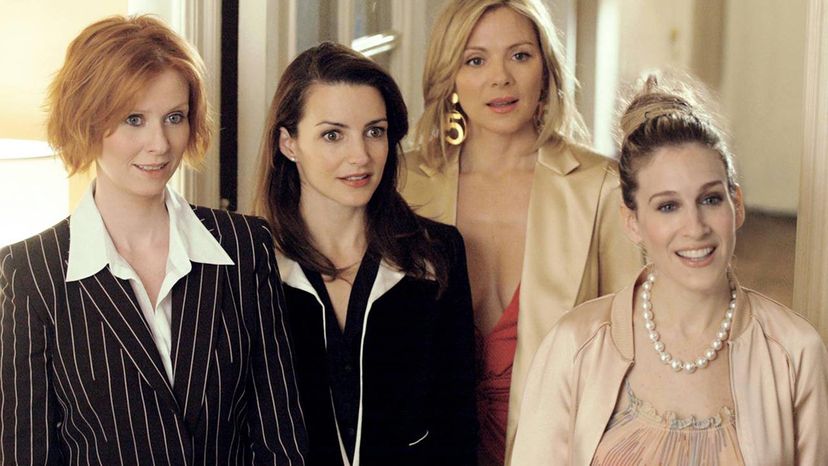"The definition of monogamy overall hasn't really changed, but more people are realizing there are other relationship models and choices out there," Morse says. "Just like with everything sexual, relationships have a spectrum."
Queen says the various sub-definitions of monogamy — serial, lifelong, mutual, etc. — all serve to cater to the evolving worldview and interpretations of the term. "All those above variations are ways of trying to grasp this change," she says. "Even though I think there was a time when lifelong mutual monogamy was assumed to be the approved definition — among some conservatives, I imagine it still is, and none of those variants would really count."
While those in the know may attach significance to the specific terms used to define their brand of monogamy, Queen says the proliferation of new vocabulary doesn't necessarily mean behaviors have changed all that much — we now just have labels for them. "It doesn't mean that all lifelong mutually monogamous relationships actually were mutually monogamous," she says. "Historically, women have had less of a pass to be non-monogamous than men have had — the 'virgin-whore dichotomy,' and all that."
While sexual behaviors may not have drastically changed as much as we sometimes think, Queen says the more modern, nuanced interpretations of monogamy are due to social context. "Monogamy can be looked at as a more diverse phenomenon now thanks to the cultural changes that have brought all this out in the open," she says. "Particularly over the last 70 years or so, post-Kinsey Report and certainly over the last half-century, post-Summer of Love. Second-wave feminism initially had a lot to say about it too, most of it not very complimentary — that it was a double standard, and that marriage was a trap for women, especially back when we couldn't get a credit card or buy property without our husband (if we had one) to sign for it."


